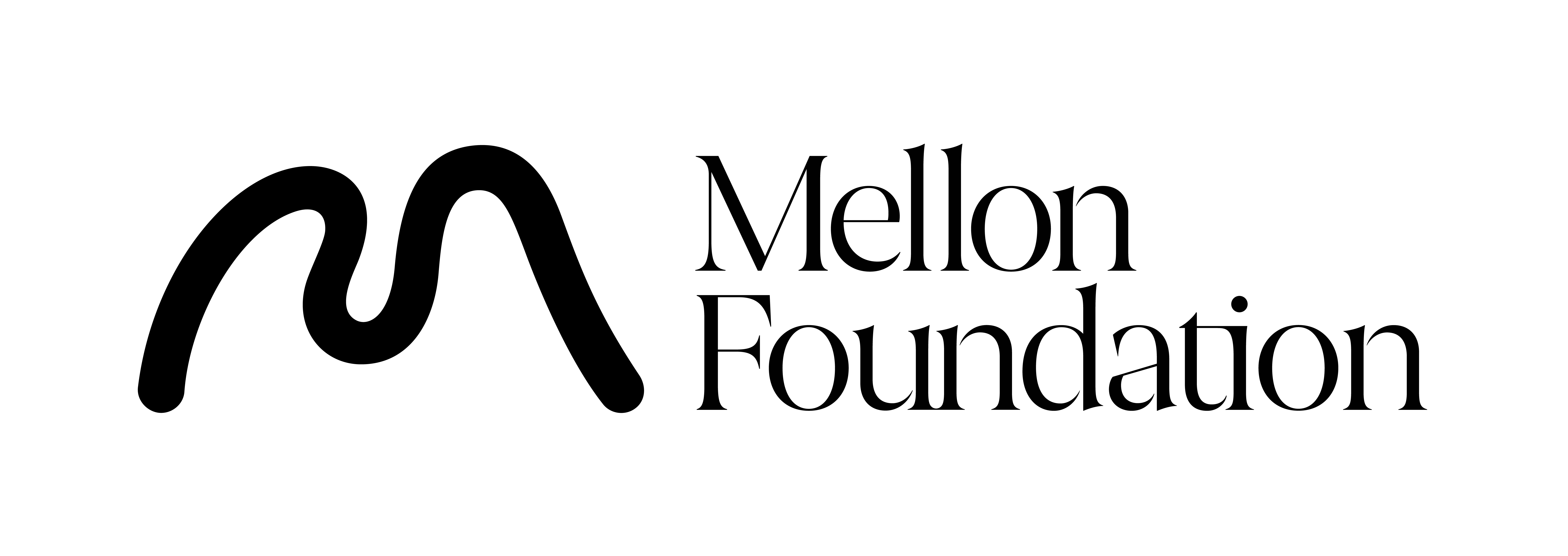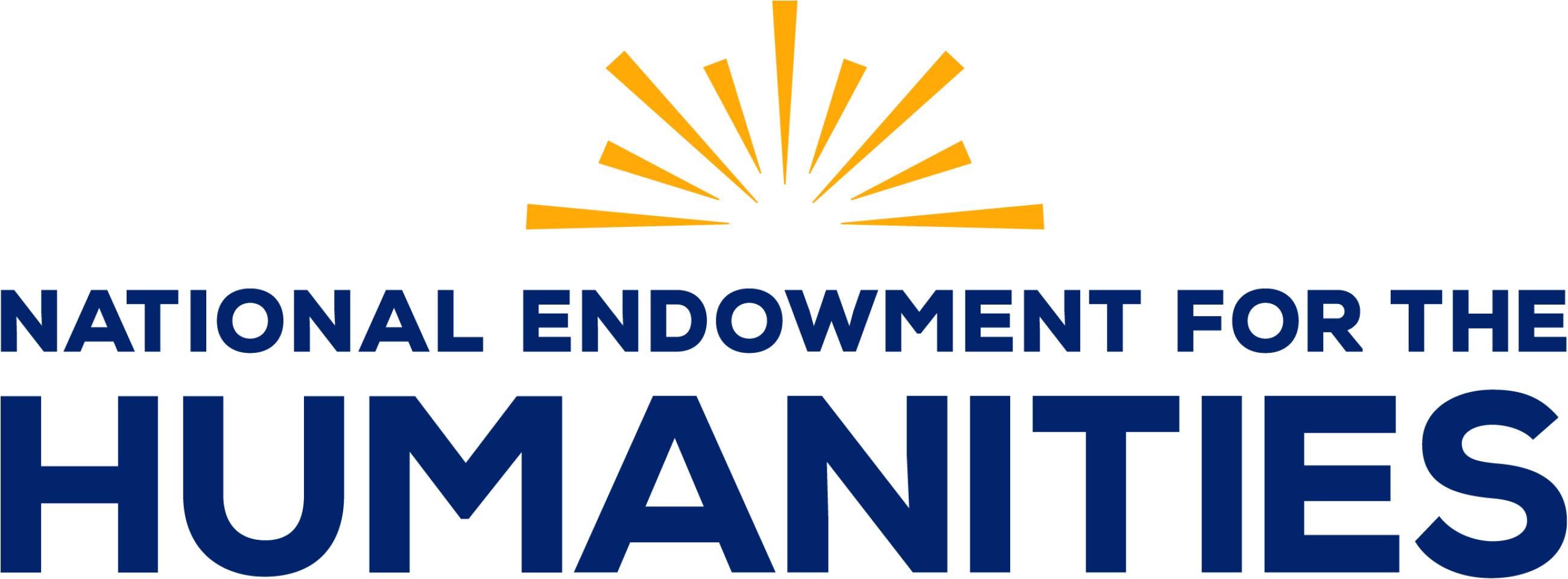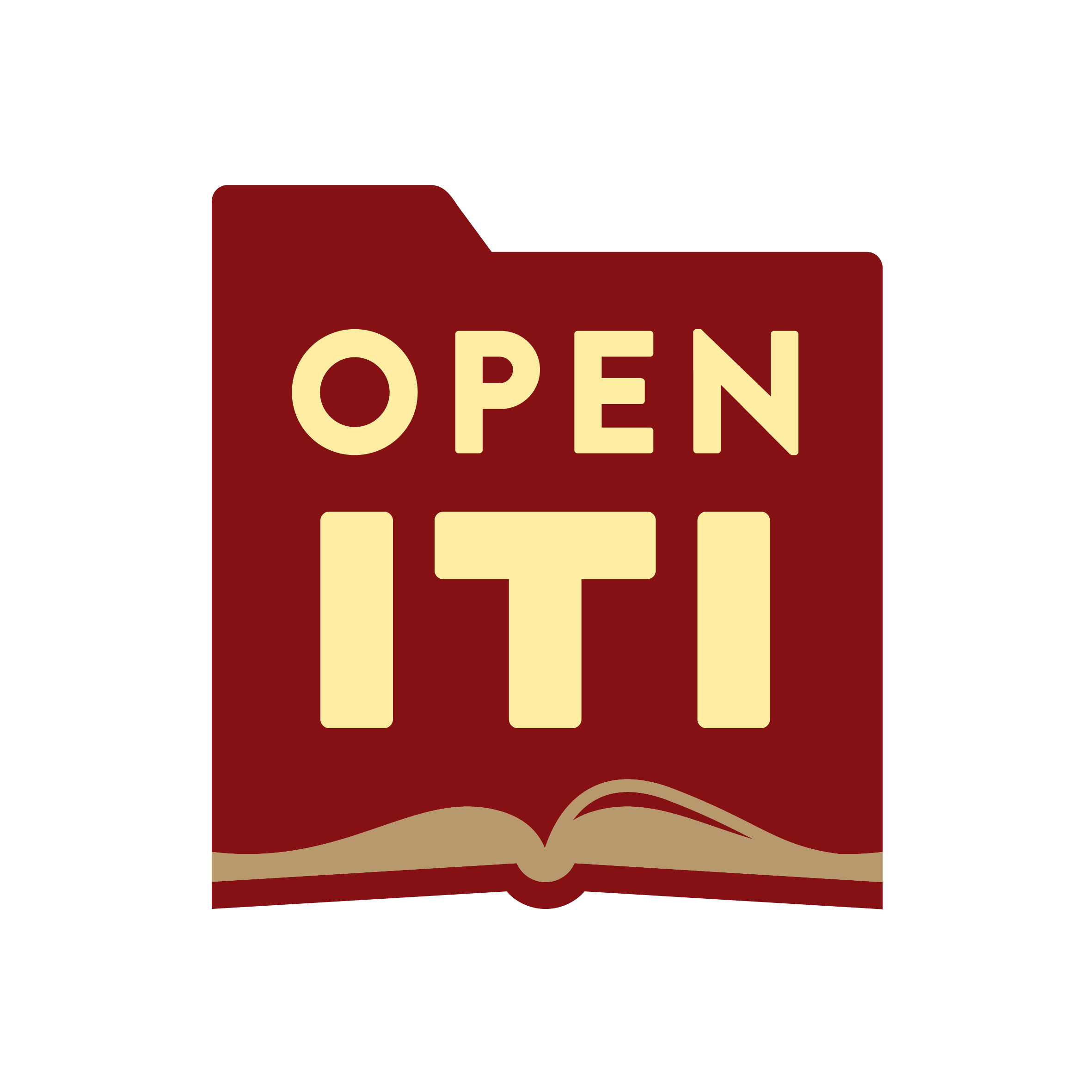During a recent one of our Thursday manuscript reading group sessions we explored a curious work produced in 913/1507 somewhere in the Ottoman lands and now held by the Bayerische Staatsbibliothek München, shelfmark Cod. turc. 41. The catalog describes it as a ‘talisman,’ though as we will see this is not a fully sufficient description. The most obviously striking aspect of this manuscript is its format: instead of the codex typical of Arabic script book production, this is a scroll, made of many separate pages joined together (the seams are easily visible in the image below). Such a choice in format immediately signals to us that there is likely to be something special about this manuscript in terms of its content and likely use.
Scroll formats appear intermittently in Arabic script manuscript cultures, ranging from pilgrimage certificates to genealogical/universal history visualizations (on which see a recent essay of mine elsewhere) to so-called magical or talsimanic scrolls (such as this example with its protective case). While it is beyond the scope of this short essay, there is a decent degree of continuity across script and religious traditions in these format choices—talismanic/magical scrolls are found in Ethiopian and Armenian contexts, scroll formats were adapted in the Latin West for charting universal histories, and so on—suggesting potential dynamics of interaction across boundaries as well as possible phenomenological reasons for resorting to the scroll over the codex for particular genres. Which raises the question of how best to classify our scroll. A quick perusal of the following section raises a few possibilities, just based on the visual aspects:
The eye is drawn immediately the imagery—most strikingly, Dhū’l-faqār, ‘Alī’s famous sword that features in many a devotional and prophylactic image context, joined here by a bow and arrow with a sprinkling of occult alphabet letters in its midst. And indeed as the Ottoman Turkish caption to the dū’a’ that follows informs us, this particular prayer is effective against all manner of weaponry wielded by one’s enemies. So far we are very much in the territory of the talisman and amulet, in which text and image, substrate and medium, combine into a device believed by its users to be protective, activated as much by physical presence as by active reading or recitation. The calligraphic border, consisting of selections from the Qur’ān, suggests a similar function, the material presence of the text more important than its activation by a human reader.
However, things are a bit more complicated with this particular scroll: if we move up the text to another portion (and unfortunately the beginning is now missing, so if there were instructions for use they are now gone), we find more Arabic dū’a’s, along with Ottoman Turkish şerḥ for each, as here:
The şerḥ here provides an origin story for the prayer as well as an explication of its benefits (and not, as the term şerḥ might otherwise suggest, a lemma by lemma interpretation); we might think of it as a kind of user’s manual for the dū’a’ itself. What is especially interesting here is that it quite clearly seems meant to have been read by someone: the text is in Ottoman Turkish, so close to the vernacular of likely users, and is written in a clear, if miniscule, naskh hand with internal ‘punctuation’ to facilitate understanding. What this suggests to me is that we cannot think of this manuscript as having only been valued and used for its materiality, but also more as a text qua text, something to be actively read and recited, both for meaning—the explanation in the vernacular—and for its perceived power, even if the reader did not fully or at all understand the semantic meaning of the Arabic texts therein. If such an interpretation is correct, we can imagine a reader quite literally scrolling through these texts in order to read them. Perhaps this scroll would have also been displayed, hung on a wall, while it could have also been carried, rolled up, on someone’s person (it is 13 cm in width, so quite portable, but also fairly legible). There are signs of use, most notably the fact that the first section is now missing, with evidence of wear and tear (and perhaps also deliberate excision at some point) plainly visible.
As for the origin of the texts themselves, we did a brief search online to try and ascertain the origin of the text of the first dū’ā; we discovered, unsurprisingly, that no exact matches were to be found, though we did find other instances of devotional literature with elements—phrases of some length, close enough and long enough in duration to indicate some common source and not simply convergent textual evolution—common to our manuscript. Such a situation is to be expected: devotional literature (or however we want to most capaciously classify these sorts of texts) is a notably ‘promiscuous’ genre, subject to a great deal of remixing and matching, lines and chunks of text often easily transposable from one place to another. What struck us, though, was thinking about the medium of modern devotional literature (which also no doubt continues to serve a talismanic or otherwise protective function—there are no generic bright lines here): so much of this sort of material today is accessed via social media apps, in particular Facebook, and very often using mobile phones. Which means that the users of the descendants of our early modern scroll’s dū’a’s are… scrolling through the same kind of material, accessed on a compact and portable device, albeit one that can provide access to far more texts than a single manuscript scroll.
_________________
We always run the risk of attributing too much to the obvious instantiations of technology and ignoring other technological levels that might also be present, or the social, cultural, and other aspects that might govern the development and particular use-cases of technologies we would otherwise perceive to be basically ‘autonomous.’ As the anthropologist Pierre Lemonnier puts it, ‘social logics unrelated to technology may weigh heavily on the evolution of technological systems,’ leading to results that we would not predict based on the known trajectories and affordances of the technologies themselves. Our devotional-exegetical-protective scroll made use of an ‘obsolete’ form of textual conveyance, one long supplanted by the codex as the ordinary mode of textual production. However, the particular social logic of these texts, in which their material form was somehow linked to their protective potency (via, generally speaking, the need for portability) ensured the ‘survival’ of the scroll in such cases.
In the case of similar literature currently being composed, dissimulated, and used via platforms like Facebook and devices like smartphones, the obvious layers of technology are the novel ones: social media and handheld computing devices, the rough analogues of pre-digital social networks and small-format text containers (including scrolls!). The actual evolution of social media in all its diversity has been shaped—probably more heavily than we tend to assume—by pre-existing communities of use who have made use of and further pushed the boundaries of the digital affordances these technologies permit. The makers of Facebook and of smartphones did not set out to create platforms for dū’a’s to be readily available to Muslims around the world, or to facilitate dhikr recitation and participation. Instead, existing communities (and newly emergent ones oriented around particular texts on particular platforms) have explored new uses and configurations of those technologies, developing their own devotional techniques and communities of response in the process.
It is striking that in our particular case the tactile experience of a devotional text has remained remarkably stable across the transition from devotional scroll to devotional (use of) social media apps: the user of Cod. turc. 41 would have literally ‘scrolled’ down the text in order to read the commentaries or recite or copy out the prayers, even as it might have remained most of the time rolled up, in a pocket or in a home, its intrinsic virtues and prophylactic power radiating with or without active reading or use (though as the commentaries make clear, actually reading/reciting these prayers/litanies was crucial to their full activation). Likewise, a contemporary user of online dū’ās and awrād most likely scrolls up and down a screen, probably via an app, reading or reciting some of the very same material, centuries and centuries later.
There are also likely differences. If the scroll format helped to convey the materially embedded protective power of these texts, regardless of deliberate human activation, it is not obvious to me whether a digital dū’a’ or other textual or image-based device acts in the same way. Do contemporary Muslim believers understand devotional, sacred, prophylactically powerful texts as having latent or active power when ‘stored’ on a smartphone or a computer? That I do not know, though I suspect that there are different responses, and that in general the mediation of digital technology does shape our reaction to them rather differently. As an Orthodox Christian, I have my own corpus of sacred texts and things that demarcate much of my everyday space: icons on the wall, Scripture on the bookshelf next to the icon corner, candles, crosses, and so forth, right down less obvious things like blessed flowers or willow branches from Palm Sunday. All of these are special things, even if that sense of specialness is somewhat inchoate at the edges and open to interpretation (what do you do with icons from a church bulletin, for instance?). But in general, in my own practice at least, they are accorded respect and have a sacred charge about them, regardless of active use or even visibility. But the same thing is not really true for the analogous ‘objects’ stored on my computer: icons and sacred texts do not seem to have the same valence, though whether that is a basically incoherent attitude relative to material objects ‘out in the world’ or not is a good question. Can a digitized copy of God’s most beautiful Names convey baraka when stored as a PDF or a JPEG? Does it make sense to venerate an icon on a computer screen? No doubt usage varies, but in general my sense is that the ‘rules’ are rather different in these cases; the nature of the materiality matters.
As we have often had occasion to remark on this blog, key to interpreting technological frames is teasing out the material and social and other types of affordances of a given ‘device’ or medium. If the Facebook dū’a’ would seem to be lacking when it comes to the specifically material ‘charge’ and presence of the physical scroll, social media mediated devotional texts (and ‘text’ here should be interpreted as capaciously as possible, with video, audio, and still images figuring in to the equation in this context) excel when it comes to audience feedback-based participation. A social media posted prayer or litany provides a means to express one’s approval immediately in a public manner (hit the like/share/subscribe button!), to ‘copy’ and ‘transmit’ the text either through direct sharing or rapid re-use in some other fashion (copy and paste, rework, etc), and to publicly ‘annotate’ or amplify the original text via the comments section (unless they’ve been disabled, but in my experience this is rarely the case for this sort of material). Again, long-existing ‘technologies’ of engagement often end up being replicated using the affordances of the digital world, of social media specifically; the pious exclamations of a communal dhikr or awrād session are typed out instead of spoken (though of course they might be spoken as well, just not in a publicly legible manner). And, as our talismanic but not just talismanic scroll suggests, even seemingly quite restricted forms of textuality can still surprise us with their actual content and the ways people found to make use of their latent affordances and potential social and cultural uses.





